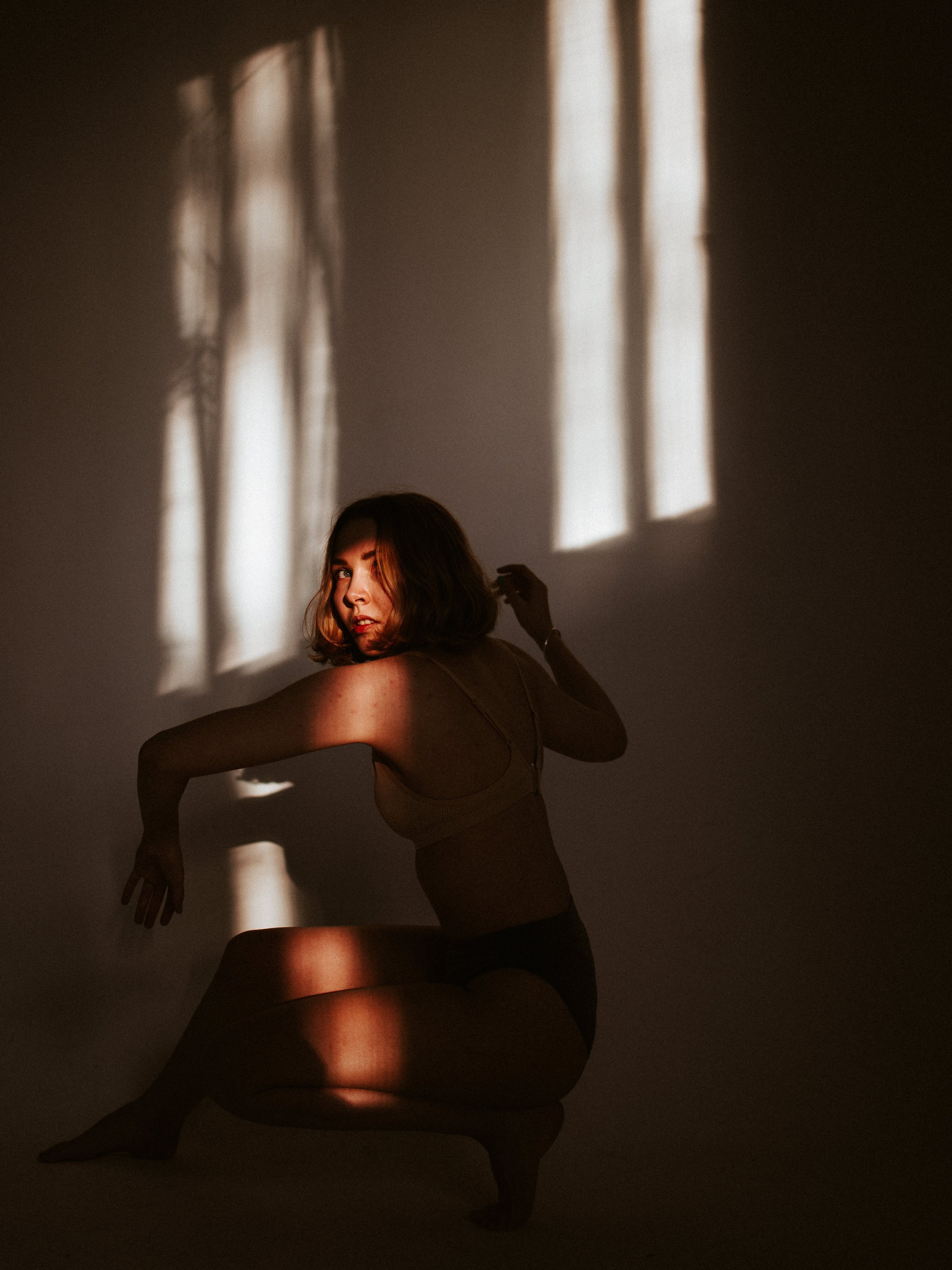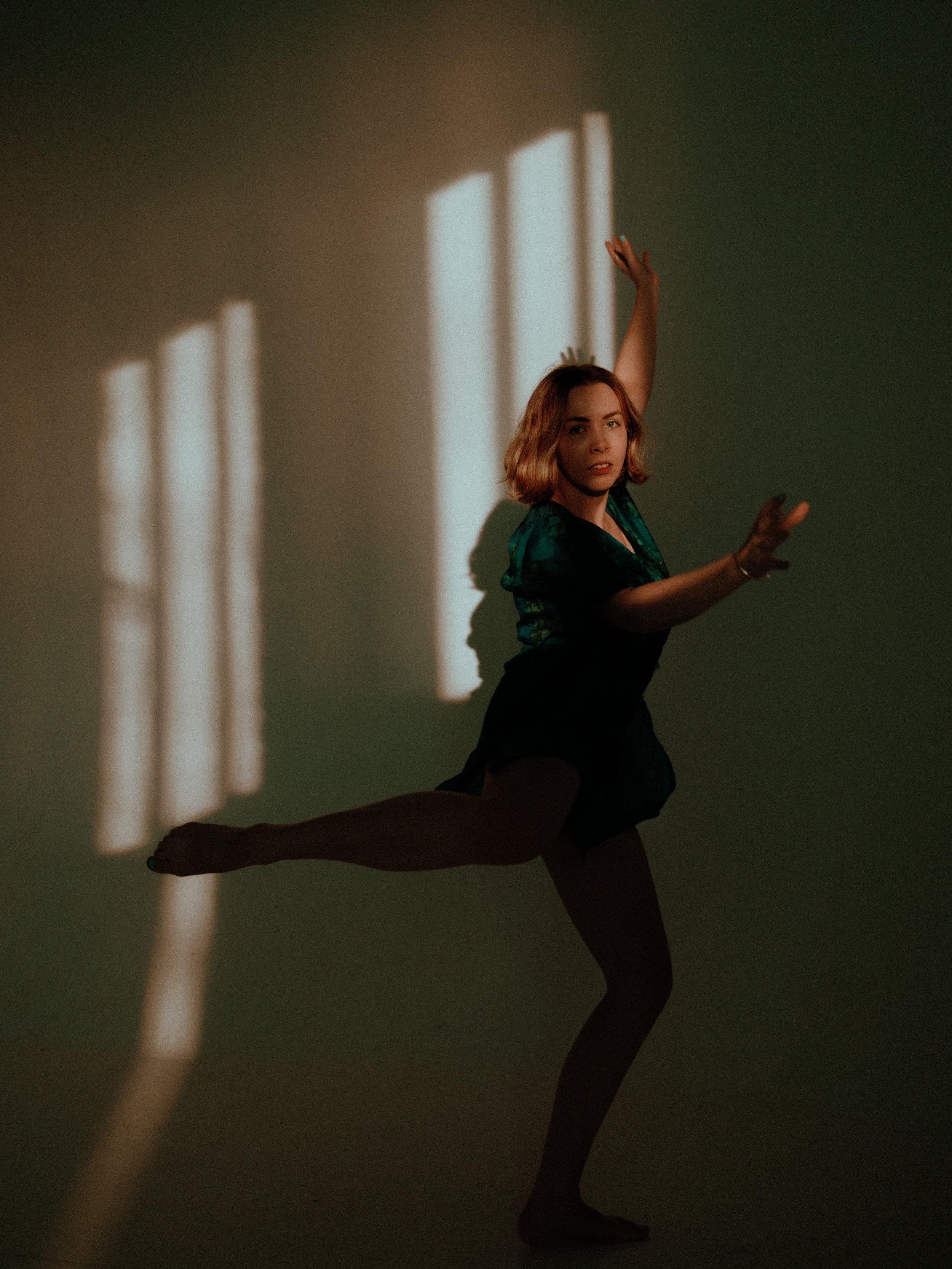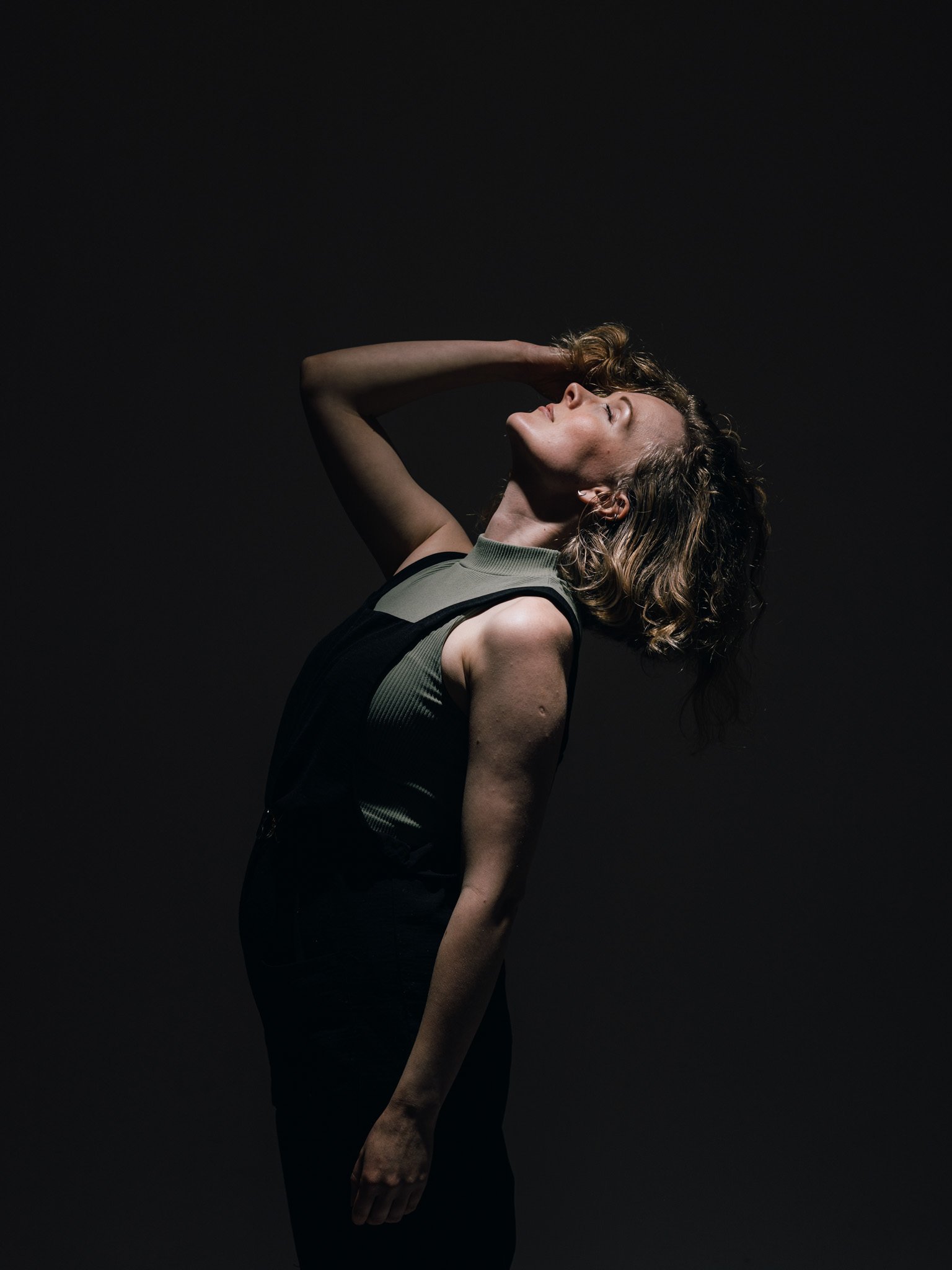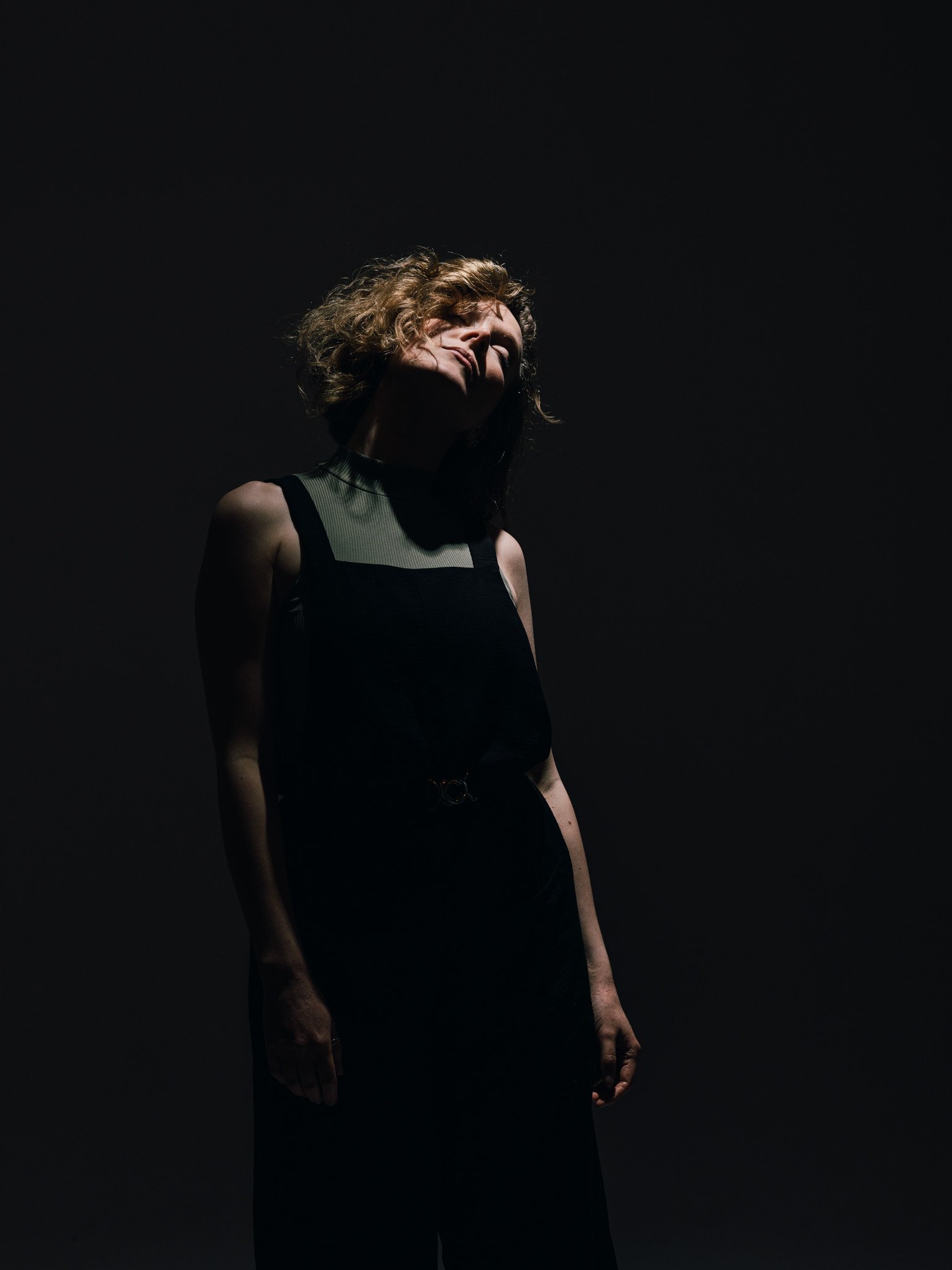Natural Light vs Studio Light
Which is right for me?
One of the most valuable skills as a photographer is knowing how to play with light. We all know how much of an impact light can have on a shoot, so when it comes to natural light vs studio light - how do we know which is best for us?
Let’s Start With Natural Light.
Natural light is everywhere, most of the time. One of the downsides to natural light is how it quickly it changes throughout the day, and may not give you the consistency you need in each image. Sometimes the weather will play tricks on you; all of a sudden that sunny shoot in the park turned into an accidental advert for wellington boots and good umbrellas.
What we mean is, you don’t have much control over Mother Nature. She’s a bit unpredictable.
Sometimes this can actually be one of the things we love about natural light. We have to hunt it down, find the perfect spots and challenge our creativity. The most excited we’ve been on a shoot is chasing the light as it flies through the windows. Unpredictability, sometimes, leads us to great things…
Best of all, you’ll never have to pay any fancy equipment! Natural light is free and available to anyone, you’ve just got to go and find it.
Model: Alex Gosmore
Above is an example of using natural light to brighten up the whole image. Big windows will help cast a soft light over your model or subject.
Haven’t got big windows? No biggie. All windows will cast a shadow, they’ll give you shapes you can’t easily recreate with studio lighting. In these shots below, instead of helping brighten up the frame, the light created a pattern which actually became a large focal point in the image.
Model: Lisa Sofia
You can also use reflective objects such as mirrors to distort and alter the path of natural light. The first image was created by bouncing the light through a reflective sheet and onto a dark backdrop, making shapes we’d have no idea how to replicate if we tried. In the second, a red lighting gel was held up to the window.
Model: Luke Smith
Up next, Studio Lighting..
Now you’ve seen the wonders natural lighting gives us, let’s explore what studio lighting has to offer. We’ll start with how it allows us to be more intentional and specific with our creative choices. You don’t have to wait for the right weather, or go out of your way to find the perfect spot. It’s reliable, just like your favourite jumper when the winter comes. If you have the right equipment, you can take it anywhere with you and achieve near enough the same result. Because of this, consistency is easily achieved. This type of consistency is perfect for things like product and commercial photography as you can experiment with the quality of the light and have full control over every aspect.
A slight downfall is that good equipment can cost a lot of pennies! Usually the more kit you have the more playful you can be with your lighting, so you may be restricted until you can invest in the right kind of lights for you.
Model: Elly Lucas
These shots of Elly show the simplicity of how light can be used to direct a subjects poses. Instead of frantically searching for natural light, she is able to create her own shapes staying exactly where she is!
Finally we have an example of colour manipulation through the use of gels. For this shot of George a red gel was attached to a light and cast a soft glow over everything in the frame.
Model: George Bishop
There’s no clear winner when it comes to natural vs studio lighting, everything boils down to you and the kind of creative energy you’re looking for.
Hopefully we’ve given you plenty to think about, now it’s time to find the perfect photography studio for your shoot…
All images in this article were shot by Tim Dunk at Light Space Leeds.












